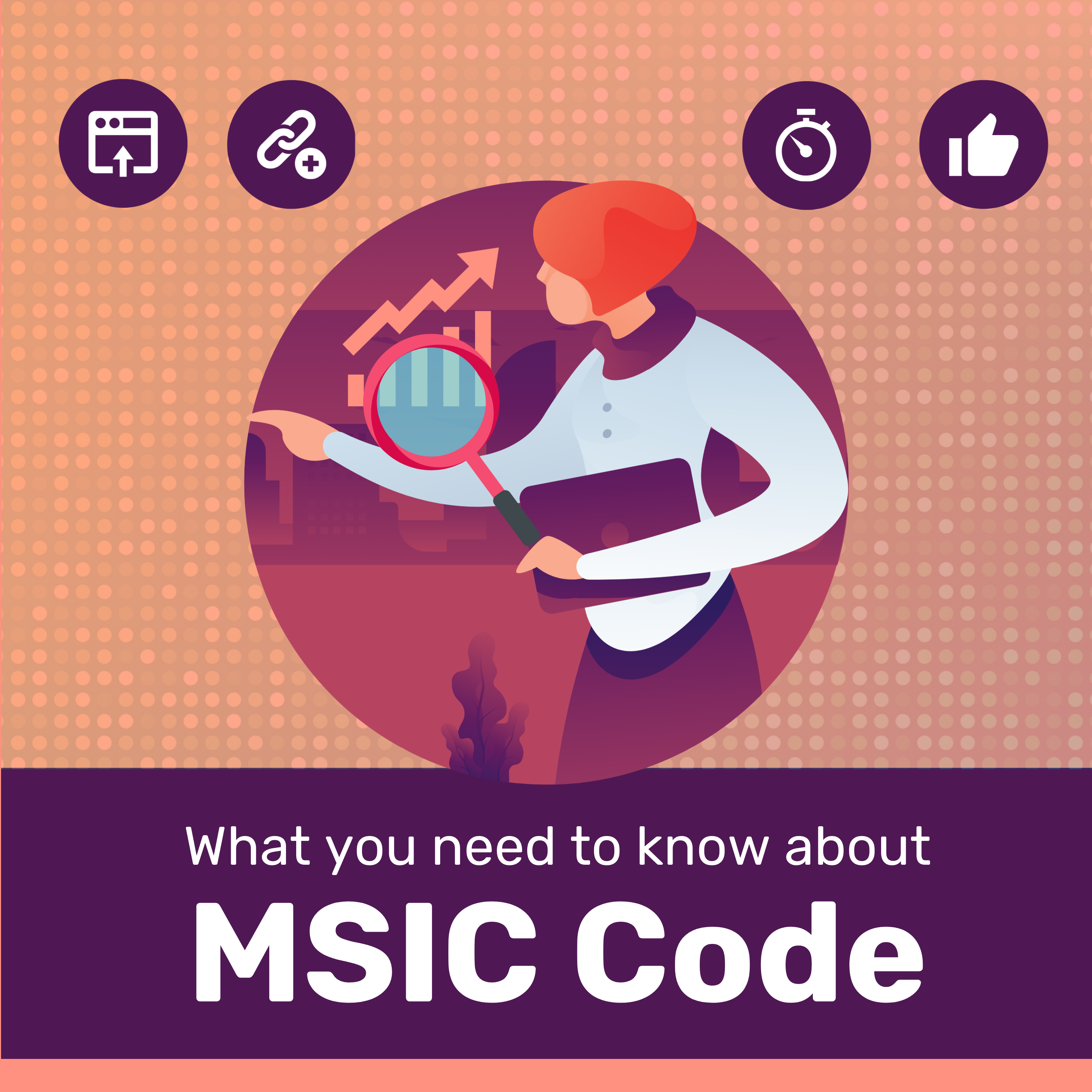In the age of digital acceleration, Malaysia is no stranger to the waves of change that technology can bring. The most current tide to sweep across the business shores is E-invoicing – a move towards digital billing that promises modernisation but meets traditional invoice users’ resistance.
For those entrenched in the day-to-day work of tax consultancy, small businesses, and accounting professionals, the shift to electronic invoicing is more than a mere suggestion; it’s a monumental challenge laden with potential landmines of confusion and apprehension.
With the official mandate by theTax Authority, beginning August 2024 for Phase 1 implementor (ie. businesses with revenue above RM 100 million), requiring companies to issue electronic invoices, this transition is not one to be taken lightly.I’ll help you understand proposed changes and potential challenges, including technical issues, managing change, and fraud and security in digital finance.

Navigating the Waves of Technical Compatibility
If one were to compare businesses grappling with tax reform to ships at sea, the most immediate threat is the current technical complexity. E-invoicing requires the sails of current technical know-how and the hull of a solid digital infrastructure. Are we all sailing on the same ship? Not quite. For small businesses, the burden can seem immense; wading through jargon and software specifications you and I wish to avoid with all cost.
Software Considerations
The transition to E-invoicing hinges on software – it’s the bridge that connects business and government. But this bridge must be sturdy and wide enough to facilitate the expected traffic. Existing enterprise resource planning (ERP) software may require an overhaul or, at the very least, a complex reconfiguration. Does your current software partner have a plan in place to ensure smooth E-invoicing integration? More pressingly, does this agreement with your financial and operational capabilities?
Accounting Software Upgrades
Accounting software isn’t built overnight – it’s a meticulous construction of user feedback, legislative input, and technical development. Thus, the race is on for software providers to release updates that fulfill not only the government’s criteria but the end-user’s expectations. These upgrades aren’t free; they require both financial investment and the adept hand of change management to guide users through their assimilation into the company current processes.

Charting a Course Through Change Management
The realm of taxes and corporate finance is one steeped in tradition, characterised by the steadfastness of ledgers and columns. Yet the transition to an E-invoicing system demands a radical reorientation. Here lies the second headwind of change management, a storm that requires strategic navigation.
Resistance to Change
Change is a dish best served slow. Most companies face resistance to change, whether due to staff inertia, an already overburdened pace of work, or a simple aversion to altering established workflow. The challenge of change management isn’t just in the technocratic hurdles but in the softer, human factor – convincing staff that the change will ultimately benefit them.
Training and Support
With any major system shift comes the need for comprehensive training and ongoing support. Will your team be ready to face the switch, and more importantly, will they become more efficient once they’re through the storm? Investing in this preparatory phase is non-negotiable; otherwise, your ship may never leave the harbour.
Reengineering Processes
E-invoicing calls for a fundamental reengineering of accounting and business processes. The purchase-to-pay (P2P) cycle is no longer landed in paperwork but navigated through data streams. From tracking orders to handling disputes, the old landmarks no longer apply. Procurement practices, internal controls, and audit mechanisms are all in need of a critical review and rebuilt.

Safeguarding Your Digital Ship: Fraud and Security
Last, but certainly not least, are the twin sirens of fraud and security. A digital system is only as secure as its weakest link, and the lure of hacking personal or company information, particularly financial records, is a tangible threat.
Cybersecurity Measures
Implementing robust cybersecurity measures is paramount. From firewalls to encryption, the seas are fraught with predators looking to seize on inexperienced ships. Is your business equipped with the necessary protections – and are you up-to-date with the latest in digital defence?
Ensuring Integrity and Authenticity
E-invoicing promises efficiency and accuracy, but these virtues are only as strong as the system’s control over the integrity and authenticity of documents. Preventing tampering, ensuring a clear audit trail, and maintaining the invoicing process’s confidence in a courtroom setting is crucial. The onus is on electronic service providers (ESPs) to deliver this level of assurance.
Data Handling Protocols
The handling of electronic data brings with it a need for thorough protocols. Who has access to what, and under what conditions? The management of user rights and the philosophy of ‘need-to-know’ should be foundational. It’s important to remember that your invoice is not simply a form of receipt but a passport to your tax deductibility and customer relation.
Conclusion
The e-invoicing transformation in Malaysia can seem overwhelming, but it can be navigated successfully with an informed strategy, dedicated crew, and a vigilant watch. To ride this new era in Malaysian e-invoice practice, establish a dialogue with experts, stay abreast of regulatory updates, and foster adaptability within your organisation. Remember, the digital landscape holds both trepidation and treasure. It is the one that is most adaptable to change that survives. Set your course wisely.
Now that you are aware of the challenges, it is important to under “How e-invoice changed IRB’s tax audit”.










